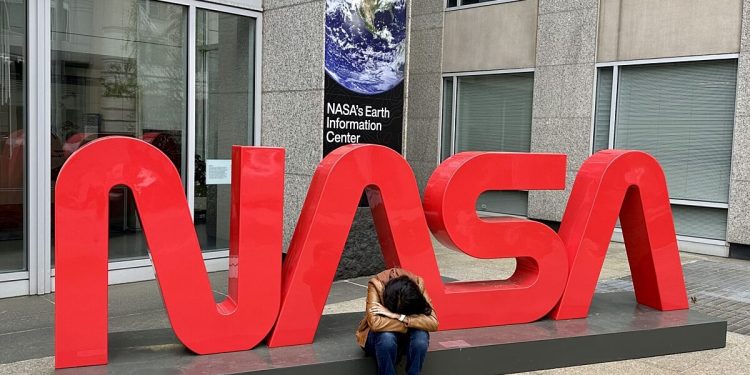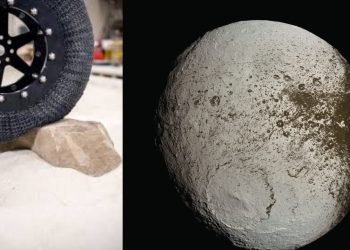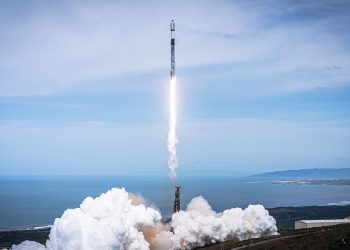These goals are consistent with the administration’s stated priorities. Just weeks after OCS closed, the White House announced an executive order, in its terms, to restore scientific integrity policies to federally funded research activities. Ironically, most of Draper’s work at OCS focused on scientific integrity initiatives. All those efforts have now been undone, he says.
Nor was the Office of the Chief Scientist an example of bloated bureaucracy. According to Draper, its operating costs represented about 0.001 percent of NASA’s budget: a “whopping” $349,000 per year.
“It was not having money that gave us our power,” Draper said, explaining that low, independent funding helped maintain the objectivity of the OCS. “We were trying to give you the best – and that’s what was lost.”
Forced out
If the closure of OCS was a short-sighted decision, it is not the only one. The larger exodus of NASA employees would prove just as random.
“I’m actually not opposed to downsizing if you do it thoughtfully,” Nagaraja said, “(But) the number of people who have left the agency — and the number of skills that NASA has lost — is enormous.”









